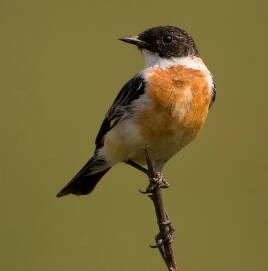
Saxicola insignis
Saxicola insignis,Hodgson's Stonechat,Ho's Tree Rock Bird
The white-throated stonechat is also known as Hodgson's Stonechat. It is···
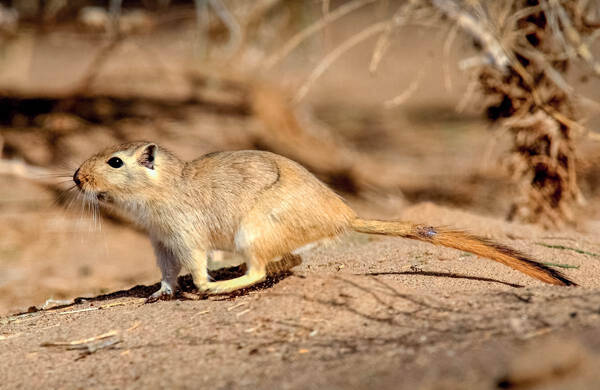
Rhombomys opimus
Rhombomys opimus,Great Gerbil,Yellow rat, Greater sand rat
Gerbils live in colonies, often active during the day, and do not hibernate.···
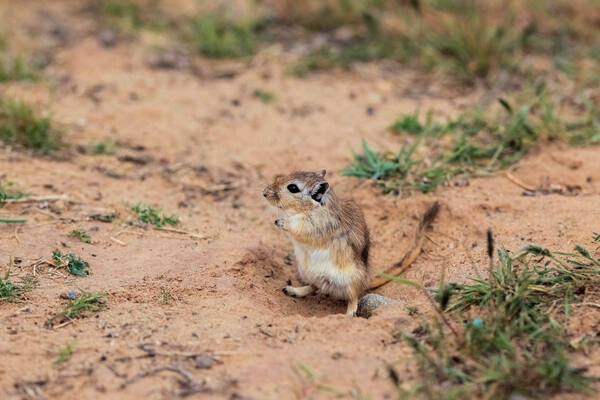
Meriones unguiculatus
Meriones unguiculatus,Meriones unguiculatus unguiculatus,Long-clawed gerbil, Mongolian gerbil, black-clawed Mongolian gerbil, yellow rat, sand rat
The long-clawed gerbil is a small grassland animal, between the size of a la···
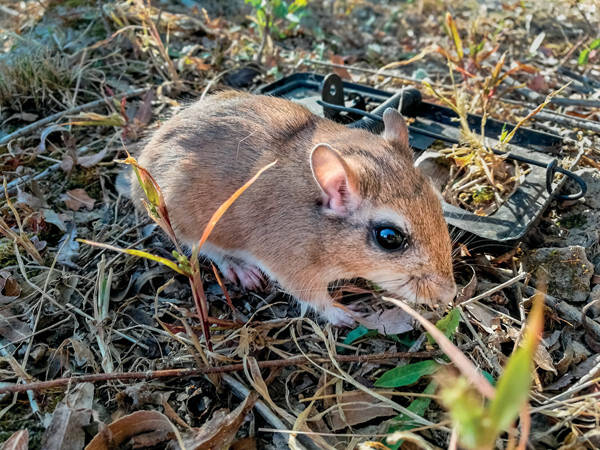
Meriones tamariscinus
Meriones tamariscinus,Tamarisk gerbil,Sand rat
Tamarix gerbils belong to the Gerbillinae subfamily. The species-level class···
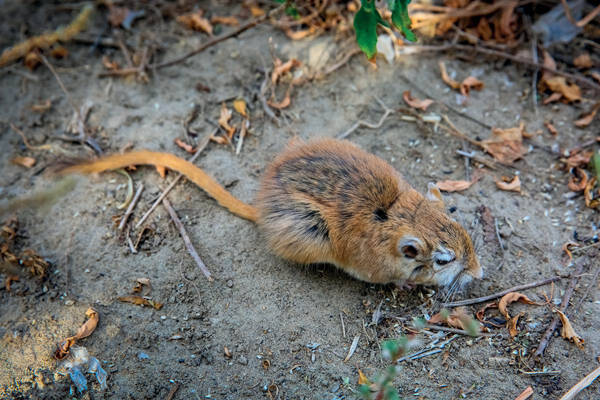
Meriones meridianus
Meriones meridianus,Yellow rat, noon gerbil, midday gerbil
Merionis meridianus is a gerbil unique to my country, belonging to the Gerbi···
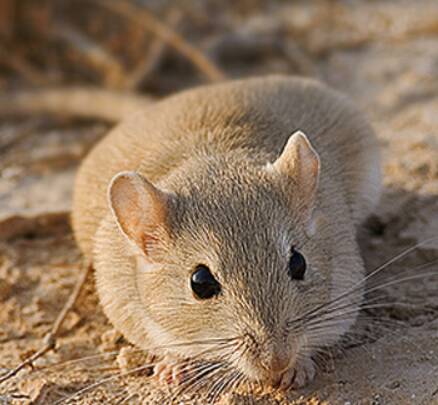
Meriones erythrourus
Meriones erythrourus,,Meriones libycus,Red-tailed gerbil
Red-tailed gerbils belong to the Gerbillinae subfamily. The species-level cl···
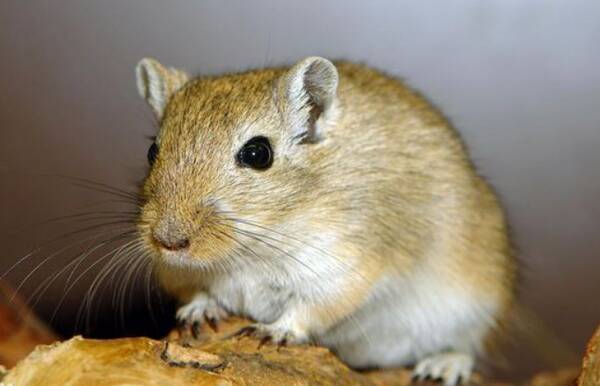
Brachiones przewalskii
Brachiones przewalskii,Short—eared gerbil,Short-eared mouse
Short-eared gerbils belong to the Gerbillinae subfamily. This genus has only···
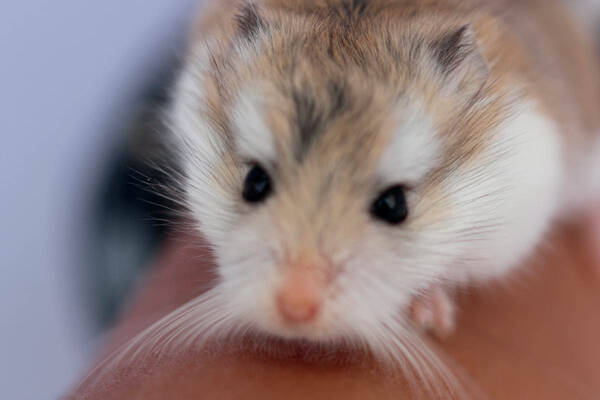
Phodopus roborovskii
Phodopus roborovskii,Roborovsky hamster, desert hairy rat, bean rat, and mother-in-law rat
Phodopus roborovskii is a species of the genus Phodopus in the subfamily Cri···
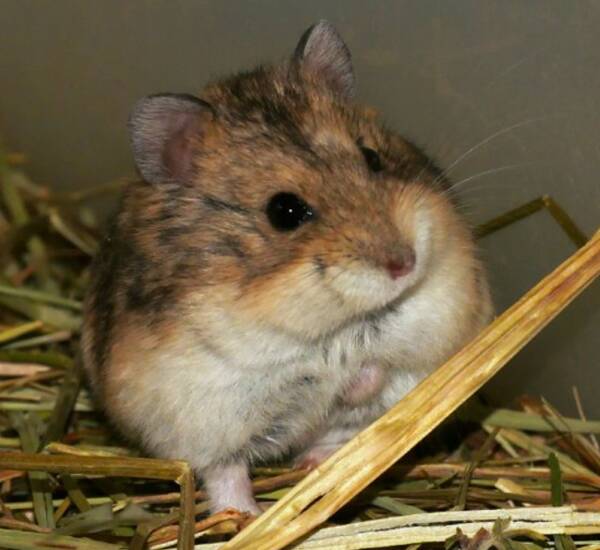
Phodopus campbelli
Phodopus campbelli,Campbell's desert hamster,Campbell hamster, first-line hamster
Campbell's hairy-footed mouse belongs to the subfamily Cricetinae. Hairy···
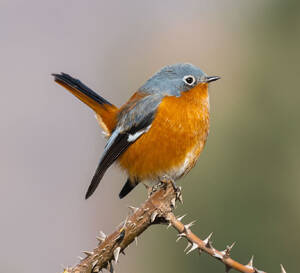
Phoenicurus alaschanicus
Phoenicurus alaschanicus,Ala Shan Redstart
Helanshan Redstart, also known as Ala Shan Redstart, is a medium-sized redst···
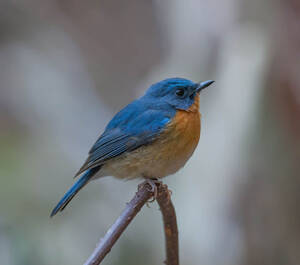
Tarsiger hyperythrus
Tarsiger hyperythrus,Rufous-breasted Bush Robi
Rufous-breasted Bush Robin, also known as Rufous-breasted Bush Robin, is a b···
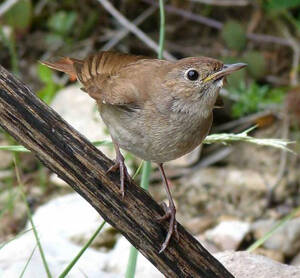
Luscinia megarhynchos
Luscinia megarhynchos,Common NightingaleNightingale,Night Robin
Xinjiang Nightingale is a small bird of the family Flycatcher and the genus ···
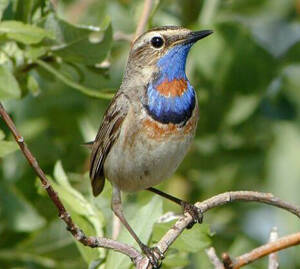
Luscinia svecica
Luscinia svecica,Bluethroat,Bluethroat, Bluegrass, Bluethroat, Bluethroat, Blue-throated
Bluethroat, also known as Bluethroat in English, has 10 subspecies.Bluethroa···
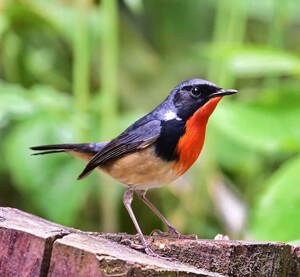
Luscinia pectardens
Luscinia pectardens,Firethroat
The Firethroat, also known as the Golden-breasted Robin, is a species of bir···
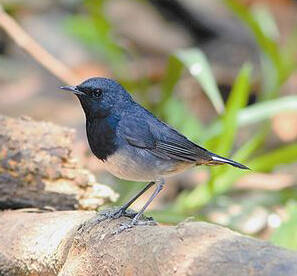
Luscinia obscura
Luscinia obscura,Calliope obscura,Black-throated Robin,Blackthroat,nightingale
Blackthroat, foreign name Blackthroat, no subspecies.Regarding the taxonomic···
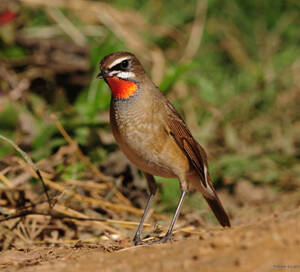
Calliope calliope
Calliope calliope,Siberian Rubythroat,Siberian robin, red-throated robin, red-throated robin, red-necked robin, robin
The Siberian Rubythroat is a songbird of the class Aves and family Flycatche···
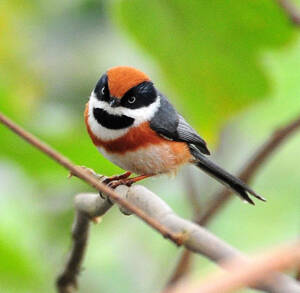
Luscinia ruficeps
Rufous-headed Robin,Luscinia ruficeps
The Rufous-headed Robin is a very rare endangered species.The Rufous-headed ···
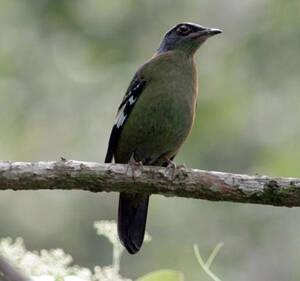
Cochoa viridis
Cochoa viridis,Green Cochoa,Green Thrush,
Green Cochoa, also known as Green Cochoa, is a bird of the family Thrushidae···
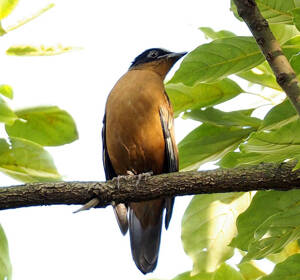
Cochoa purpurea
Cochoa purpurea,Purple Cochoa,Purple Thrush
Purple Cochoa, also known as Purple Cochoa in English, is a bird of the genu···
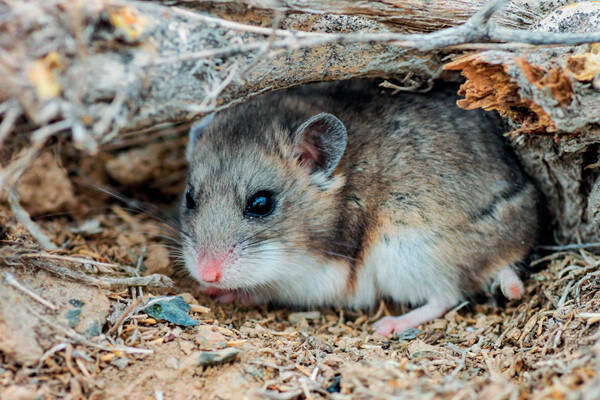
Cricetulus migratorius
Cricetulus migratorius,Grey hamster,Hamster, moving
The gray hamster belongs to the subfamily Cricetinae. The taxonomic status o···
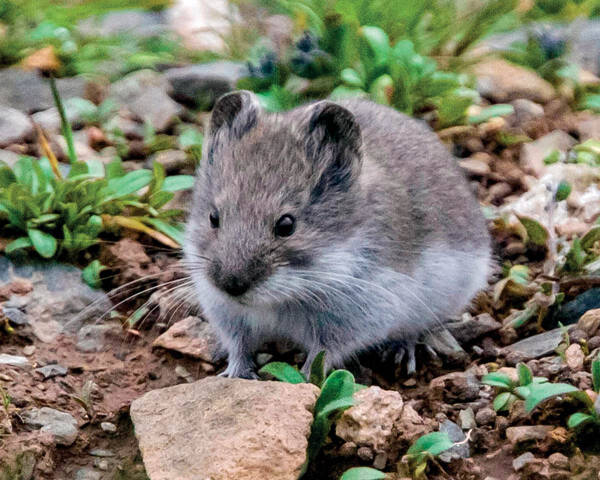
Cricetulus kamensis
Cricetulus kamensis,Tibetan hamster,Kangzang hamster, Tibetan hamster, short-tailed Tibetan hamster, Ladakh hamster
Kangzang hamster belongs to the subfamily Cricetinae. Its former Chinese nam···
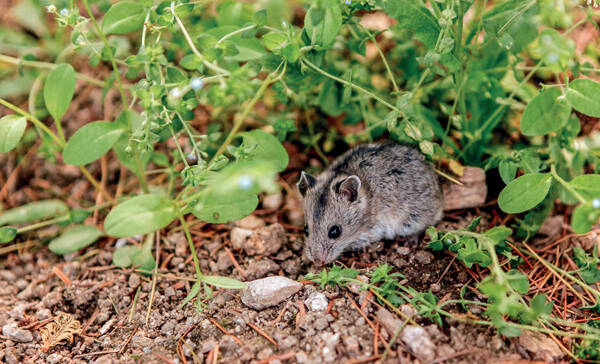
Cricetulus barabensis
Cricetulus barabensis,Spotted hamster, patterned hamster, moving hamster, cheeked hamster, Chinese hamster
The black-lined hamster belongs to the subfamily Cricetinae. The taxonomic s···
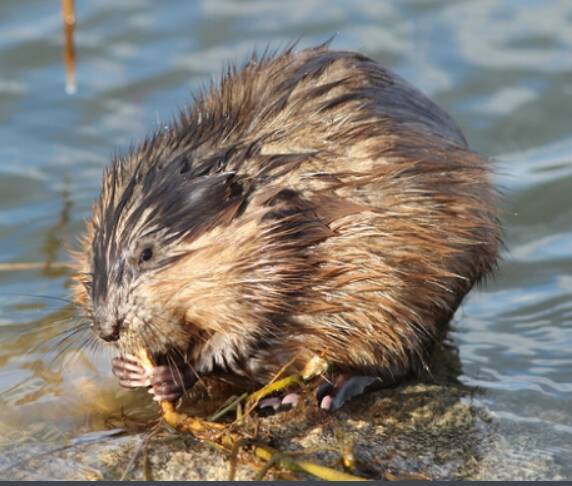
Ondatra zibethicus
Ondatra zibethicus,Muskrat, Ondatra,Castor zibethicus Linnaeus,Blue-rooted marten, muskrat, water rat, water rat
Muskrat is commonly known as blue-rooted marten or muskrat. It is named beca···
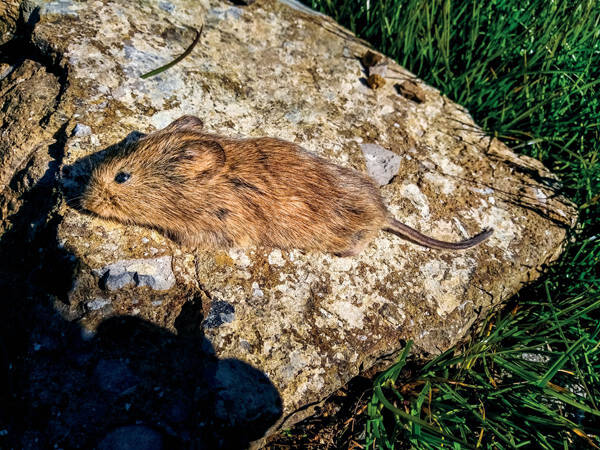
Proedromys liangshanensis
Proedromys liangshanensis,Neodon nyalamensis,Vole, Microtus gross
Liangshan Grooved Vole belongs to the subfamily Arvicoliniae. It is a new sp···
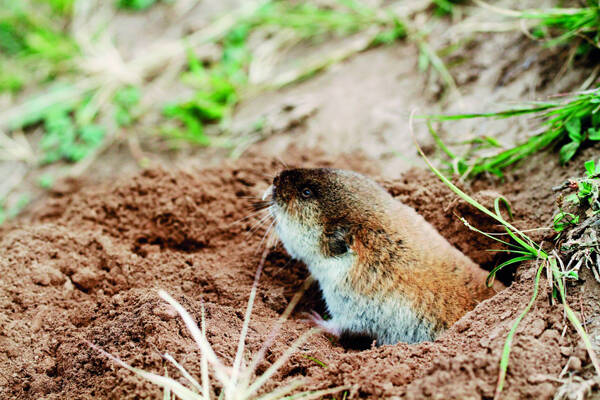
Ellobius talpinus
Ellobius tancrei,Ellobius talpinus,Flip rat, ground rat, blind rat, arch rat
Mole voles belong to the subfamily Arvicolinae. There are 5 species in the w···
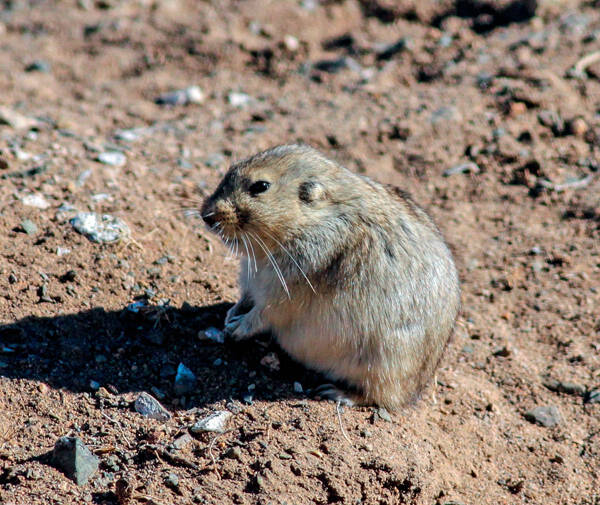
Eolagurus luteus
Eolagurus luteus,Lagurus luteus,Yellow Steppe Lemming,Yellow prairie lemming,
The yellow rabbit-tailed rat is a typical semi-desert steppe species and is ···
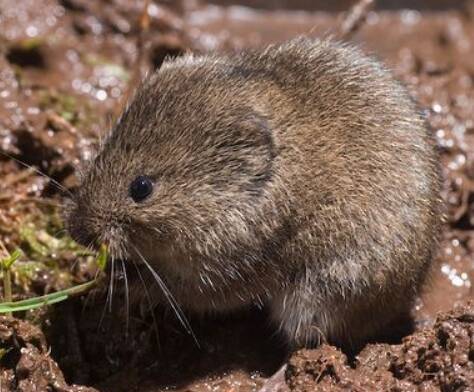
Microtus oeconomus
Microtus oeconomus,Root Vole
Root voles are very tolerant of moisture, and their population is large in v···
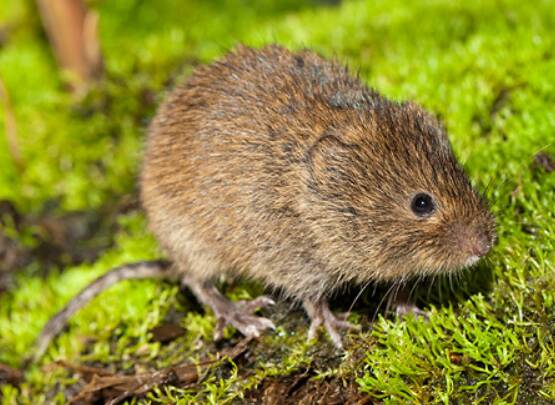
Alexandromys limnophilus
Alexandromys limnophilus,Microtus,Root Vole subspecies qaidam,Microtus oeconomus limnophilus
Qaidam root voles live in caves, which are relatively simple and mostly have···
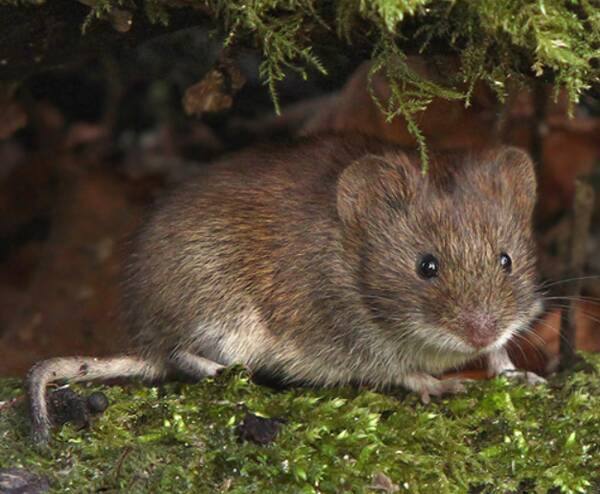
Lasiopodomys (Stenocranius) gregalis
Lasiopodomys (Stenocranius) gregalis,Lasiopodomys gregalis,Social Vole
Narrow-headed voles live in groups. They are active mainly during the day, b···
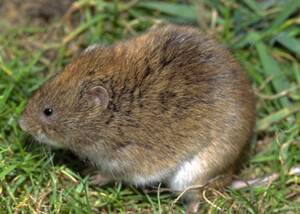
Microtus fortis
Microtus fortis,Reed Vole,Swamp vole, Far Eastern vole, Giant vole
The oriental vole is a typical burrowing type. It does not hibernate and mov···
